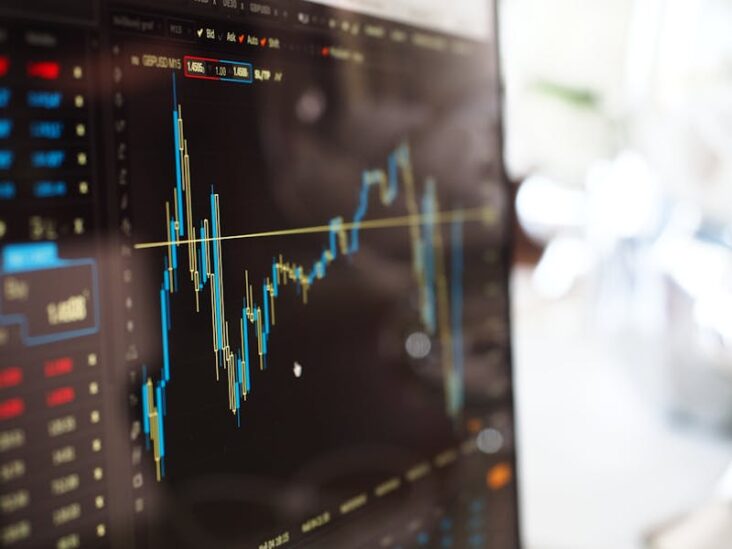Exploring Cutting-Edge Automated Trading: How Forex Bots Are Shaping the Future of Finance

Trading floors were once bustling with activity as traders barked orders and watched tickers furiously. Today, it’s remarkably quiet – the lights are on, but no one’s home. So where did all the traders go?
Increasingly, they’ve been replaced by artificial intelligence algorithms and lightning-fast bots that trade assets in milliseconds. This automation revolution is radically reshaping finance.
The Promise and Pitfalls of Algorithmic Trading
On the surface, the premise of automated trading seems simple – eliminate human emotions and biases to systematically execute optimal, rationally-determined trades. But as with most new technologies, the reality rarely lives up to the hype.
There’s no doubt bots bring tremendous advantages. Their speed and tireless work ethic far surpass human capabilities. Who wouldn’t want a trading robot rapidly generating profits while you sleep?
But we can’t forget algorithms are designed by flawed, self-interested humans. While bots don’t experience emotions themselves, they propagate the greed, fear and blind spots of their programmers.
This became painfully clear during the 2010 Flash Crash when runaway algorithms caused the Dow Jones to plummet 1000 points within minutes. The lack of human supervision almost tanked the entire market.
High-frequency trading algorithms have also been accused of manipulating markets using practices like “spoofing” and “layering”. Essentially, fake orders are rapidly placed and canceled to trick others into buying or selling.
Challenges in Regulating Crypto Trading Bots
Nowhere have trading algorithms exploded more than the volatile 24/7 crypto markets. On some days, over 99% of crypto volume is driven by bots, especially on unregulated exchanges.
- This “bot-dominated Wild West” has given rise to some incredibly innovative strategies:
- Arbitrage bots capitalize on price discrepancies across exchanges to turn quick profits
- Trend-following bots track momentum then pile on for big wins – and big losses
- AI algorithms now build their own complex trading strategies after “learning” from data patterns
Meanwhile, retail investors eager to cash in are increasingly turning to pre-built tools like Cryptohopper. Backtesting features help novice traders evaluate strategies before risking real capital.
But the truth is most of these users will lose money in the long run. Bots or not, the crypto market is a casino stacked against retail investors. Don’t be fooled by promises of getting rich on “autopilot”. To learn more, visit this page.
Evaluating Automation in Long-Term Investing
Stepping back, we need to objectively evaluate which elements of finance are appropriate to automate versus best left to human judgment:
Short-term trades
Bots clearly excel here by reacting faster with more discipline than people. But don’t underestimate the value of human insight. The best traders use a hybrid approach.
Long-term investing
Fundamental analysis like assessing valuations or management quality seems poorly suited for automation so far. There’s wisdom gained from experience that algorithms lack.
Portfolio management
Robo-advisors are great for automating mechanical tasks like periodic rebalancing. But human oversight is still important for more nuanced decisions.
So rather than preaching an absolutist view, we should thoughtfully assess the strengths and weaknesses of both humans and technology in various financial activities.
Where Do We Go from Here?
Trading floors will certainly never return to the raucous days of yore. Automated trading is here to stay and will only become more prominent with machine learning advancements.
But finance cannot be reduced to solely mathematically-optimal decisions. Markets are driven by human behavior, world events, politics and a touch of randomness.
A hybrid approach recognizes the tremendous value algorithms bring in certain areas, while also understanding the critical role human intellect, judgment and oversight continue to play in investing success.
Rather than machines fully taking over finance, the traders of the future will artfully combine automation with human creativity and intuition. That symbiotic relationship points to the most promising path ahead.


